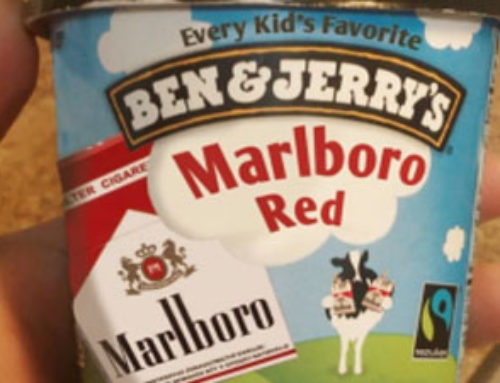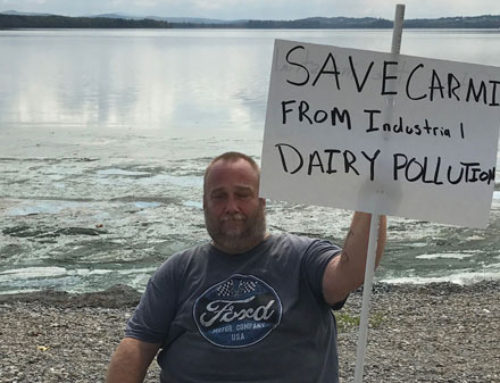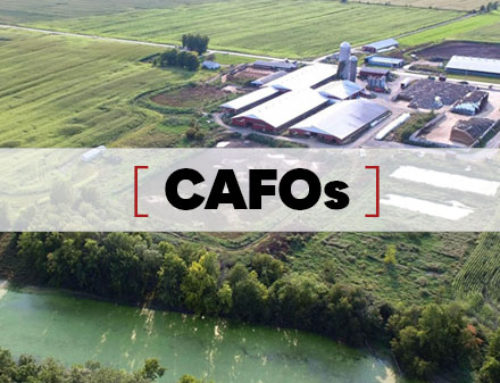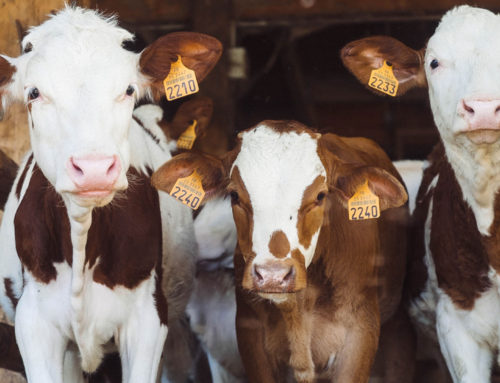[vc_row][vc_column][vc_column_text]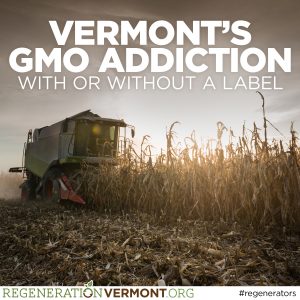 Vermont has proven itself to be a leader when it comes to showing its concern over the use of genetically modified organisms (GMOs) in agriculture and food production. It was the first state in the nation to pass GMO-labeling legislation, forcing food corporations nationwide to scramble and prepare to meet the law’s requirements when it takes effect in July 2016. But, in many ways, the passage of this historic law has left a false impression that it “solved” the GMO problem in the state. Nothing could be further from the truth.
Vermont has proven itself to be a leader when it comes to showing its concern over the use of genetically modified organisms (GMOs) in agriculture and food production. It was the first state in the nation to pass GMO-labeling legislation, forcing food corporations nationwide to scramble and prepare to meet the law’s requirements when it takes effect in July 2016. But, in many ways, the passage of this historic law has left a false impression that it “solved” the GMO problem in the state. Nothing could be further from the truth.
Vermont agriculture is dominated by GMOs, especially within the commodity dairy sector, which represents more than 70 percent of the state agricultural economy. Currently, there are more than 92,000 acres of GMO feed corn that are grown in Vermont, making it – by far – the state’s number one crop. More than 96 percent of all feed corn grown in Vermont is a GMO variety, and almost all of this GMO corn is used to feed dairy cows.
Ironically, Vermont’s GMO addiction is exempt from its own GMO labeling law, as the law specifically exempts dairy and meat products. So while the law will force mainstream food corporations to label GMOs in products like Cheetos and SpaghettiOs before coming into the state, it turns a blind eye to the GMO-derived dairy that is the primary ingredient in, for example, Ben & Jerry’s ice cream and Cabot’s cheddar cheese.
Continue reading at www.vtdigger.org[/vc_column_text][/vc_column][/vc_row]
